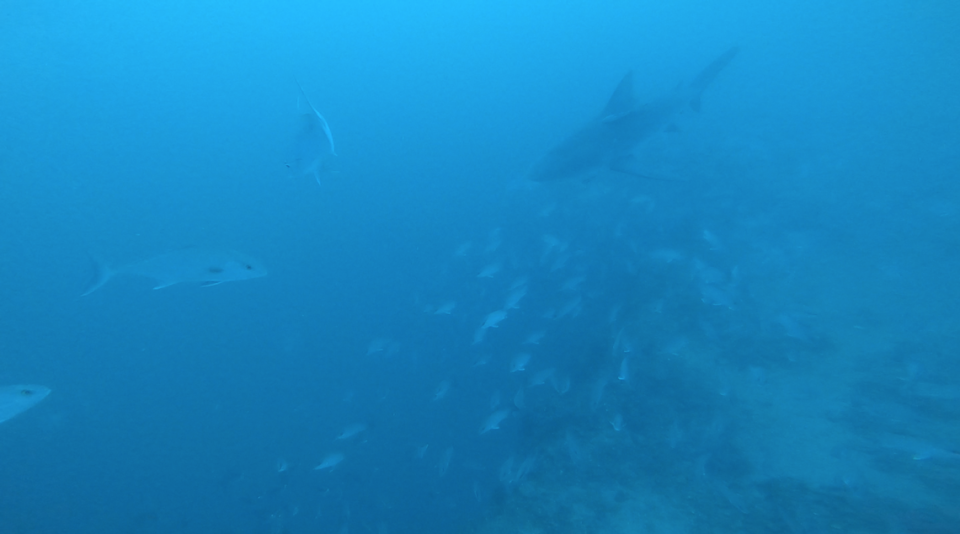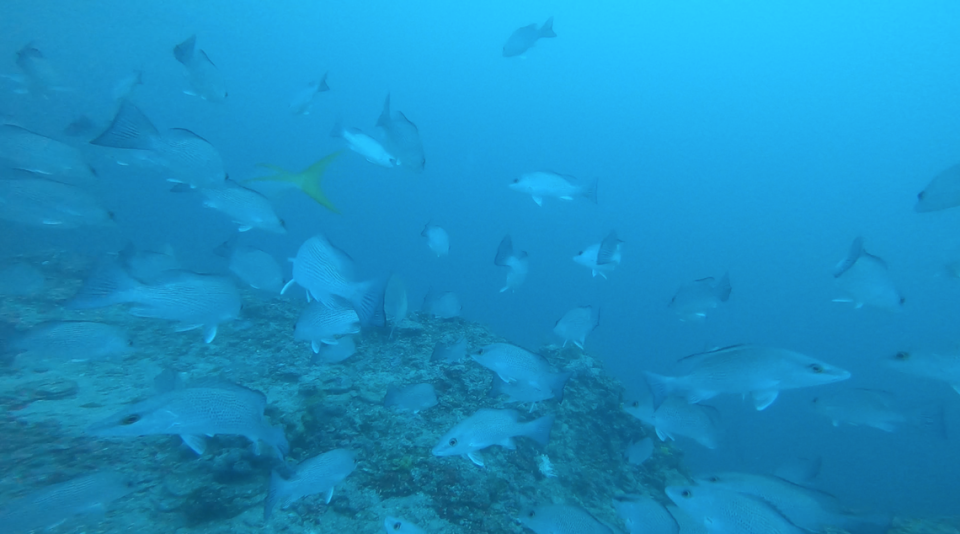Bradenton fisherman explores underwater sinkholes off Florida’s Gulf Coast with GoPro
As a child, I was really amazed by some of the spots labeled in my dad’s book of LORAN (long range navigation) numbers.
Locations with names like springs, caves and shipwrecks were always fascinating and left me with a sense of wonder. I dreamed of the sea monsters they housed.
Underwater explorers like Jacques Cousteau seemed to expound this exploratory mindset with their documentation of the sea world.
As an adult, I’m still amazed by these spots and the mysteries of the Gulf floor. My ability to further explore spots in a quick manner with a GoPro sent to the depths has allowed me to see and share moments that might be seen for the first time by any person. What I could be seeing is rare.
Recently, a sinkhole opened in Seffner for the third time since 2013.
Sinkholes like this on land show a scary look into the drastic changes that can occur around Florida despite relatively flat terrain. In the Gulf, these sinkholes are fish havens with deep drops and big openings that provide ample structure for fish and are hubs for so many species.
Getting older I’ve learned that what most people call “springs” in the Gulf of Mexico are these sinkholes. Some, like the well-known Green Banana, go from about 150 feet at the Gulf floor to over 400 feet at their bottom.
At another in 200 feet, I accidentally sent my GoPro into the middle and was amazed by the footage of an honestly scary space.
Judging by the rate of drop, it finally stopped on a ledge around 400 feet deep with the opening still going further down.
But as most tight-lipped fishermen behave, I’m not one to inquire if anyone else has explored this spot because we don’t want to give hints as to its location.
Other big spots have become vertical walls that were most likely older sinkholes and filled in, or ones that didn’t completely open. Another popular one, around 140 feet, that I’ve seen had walls about 15 feet on all sides with an open middle filled with sand.
These spots are home to many types of snapper such as yellowtail, mangrove, red, lane, mutton, and as I recently saw, cubera snapper that are most likely bigger than 80 pounds.
But with so much life and big structure often comes the tax man in the form of sharks, goliath grouper and barracuda, all of which will happily take a struggling snapper and make it their own meal. Big structures become hard to fish as a result of this.

Nevertheless, they’re still fun to venture to because of the amount of life they hold and the history that is untold from below.
On a recent red snapper outing, we stopped a sinkhole just to see a Gulf of Mexico aquarium below. Hundreds of jack crevalle and amberjack, yellowtail snapper eating on the surface and mangrove snapper hordes on the bottom.
But dozens of giant sharks were as ferocious as I’ve ever seen. We kept the sharks at bay by catching yellowtail snapper on heavier spinning rods and reeling them in as fast as we possibly could.
With so many marine survey programs and charts now available, many of these sinkholes are likely to be discovered and shared sooner rather than later.
But as we’ve seen recently in Seffner and around Florida, new ones can open up at any given moment.
See video from Jon’s latest trip to a sinkhole at https://www.youtube.com/watch?v=VgQDQBx1Ll0


